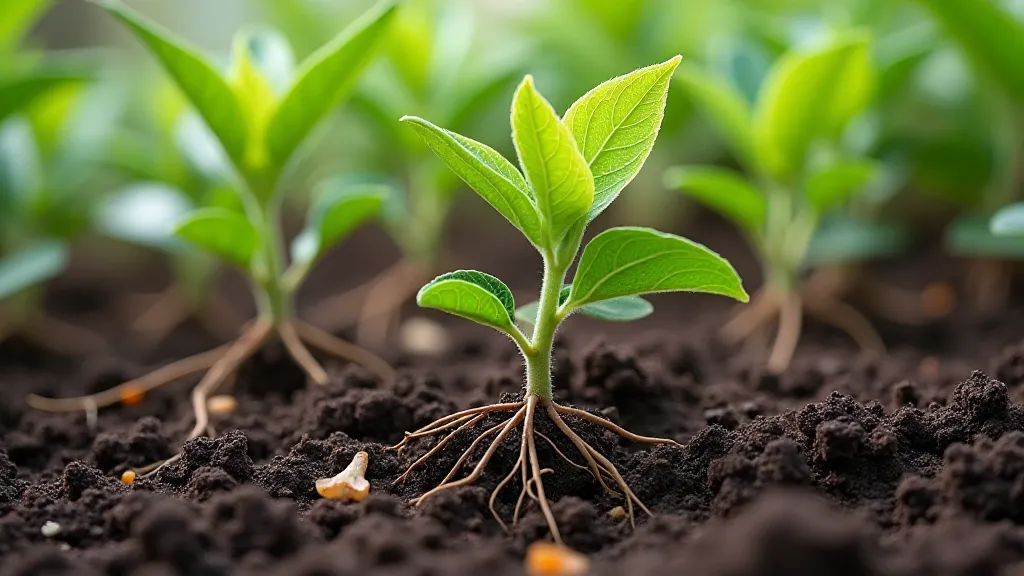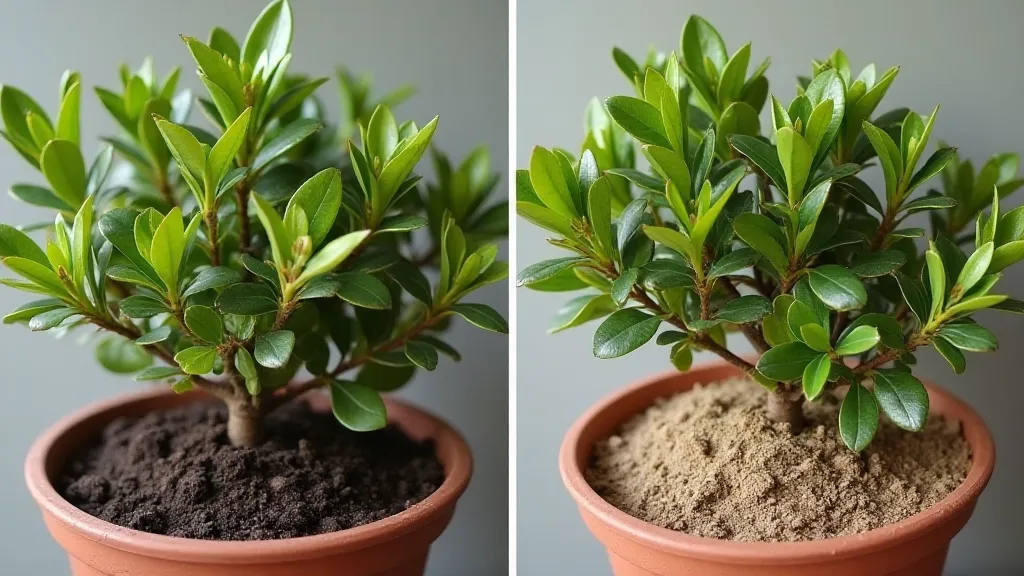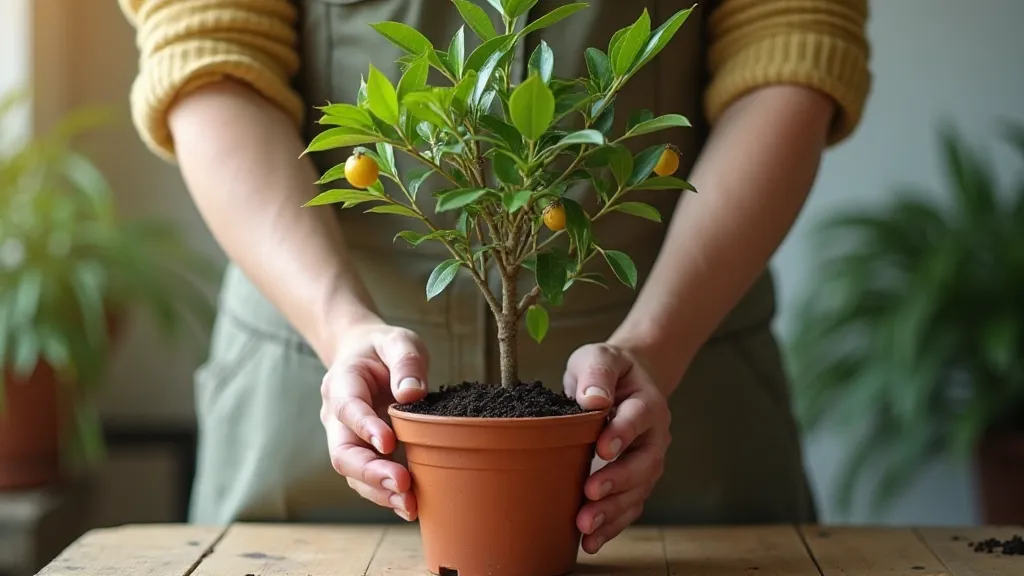Choosing the Best Soil for Indoor Dwarf Citrus Trees: A Complete Guide
Growing dwarf citrus trees indoors is a rewarding experience, bringing the vibrancy of fruit-bearing trees into your home. However, one of the most critical factors in their success isn’t about sunlight or watering – it's about the soil. The right soil provides the foundation for healthy roots, vibrant growth, and, ultimately, delicious fruit. Before you even consider the potting mix, it’s vital to select the right variety for your indoor space, considering things like size and light requirements – you can learn more about choosing the right citrus for your space. This guide will break down everything you need to know about choosing the best soil for your indoor dwarf citrus trees.
Why Soil Matters for Dwarf Citrus Trees
Citrus trees have specific soil requirements. Unlike many houseplants that can tolerate a wider range of conditions, citrus thrives in a soil mix that prioritizes drainage, aeration, and nutrient availability. Poor soil can lead to a host of problems, including root rot, nutrient deficiencies, stunted growth, and reduced fruit production. Many new growers find the prospect of growing dwarf citrus a bit overwhelming, but starting with the basics—like understanding the soil—can set you up for success. If you’re just beginning your journey, dwarf citrus for beginners is a great resource to get familiar with the fundamental concepts.
The Ideal Soil Composition
The perfect soil for dwarf citrus isn't just "potting soil" – it’s a carefully balanced mix. Here's what to consider:
- Drainage: Citrus trees hate soggy roots. The soil must drain quickly to prevent root rot.
- Aeration: Roots need oxygen. A dense, compacted soil restricts oxygen flow.
- Nutrient Content: Citrus trees are heavy feeders. The soil should provide essential nutrients like nitrogen, phosphorus, and potassium, as well as micronutrients.
- Slightly Acidic pH: Citrus prefers a slightly acidic pH, ideally between 6.0 and 6.5.

Understanding Different Soil Options
Let’s look at some common options and how they stack up:
- Standard Potting Soil: Often too dense and retains too much water for citrus. It’s a good base to amend, however.
- Peat Moss: Excellent for moisture retention, but can become compacted over time. Use in moderation.
- Coco Coir: A sustainable alternative to peat moss, providing good aeration and moisture retention.
- Perlite: Adds aeration and drainage. Essential for preventing compaction.
- Vermiculite: Retains moisture and nutrients. Use sparingly as it can contribute to water retention.
- Pine Bark Fines: Improves drainage, aeration, and adds organic matter.
Creating the Perfect Mix: Recipes
Here are a few recipes you can adapt based on what’s available to you:
- Recipe 1 (Beginner-Friendly): 1 part high-quality potting soil, 1 part coco coir or peat moss, 1 part perlite.
- Recipe 2 (Advanced): 1 part coco coir, 1 part pine bark fines, 1 part perlite, a handful of worm castings.
- Recipe 3 (Simple and Effective): 2 parts potting soil, 1 part perlite, 1/2 part pine bark fines.
Important Note: Always ensure the soil is thoroughly moistened before planting your citrus tree. This helps settle the roots and eliminates air pockets.
Amendments for Extra Benefits
Consider these amendments to enhance your soil mix:
- Worm Castings: A natural fertilizer rich in nutrients.
- Mycorrhizae: Beneficial fungi that help roots absorb nutrients.
- Citrus-Specific Fertilizer: Provides the precise nutrient balance citrus trees need. Regularly fertilizing your tree is an important factor in maintaining its health and encouraging fruit production, which can significantly impact the benefits of growing dwarf citrus indoors.

Troubleshooting Soil Issues
If your citrus tree isn’t thriving, consider the soil:
- Yellowing Leaves: Could indicate nutrient deficiencies or pH imbalance.
- Drooping Leaves: Could be a sign of overwatering or poor drainage.
- Slow Growth: Could be due to compacted soil or lack of nutrients.
Repotting and Refreshing Soil
Repot your citrus tree every 2-3 years, or when it becomes root-bound. When repotting, replace the old soil with a fresh batch of your custom soil mix. Addressing potential problems early on – such as root rot or nutrient deficiencies – is essential for long-term success, and you can find guidance on troubleshooting common dwarf citrus problems if issues arise.

Choosing the right soil is a cornerstone of successful indoor dwarf citrus growing. By understanding the principles outlined in this guide, you can create a thriving environment for your trees to flourish and reward you with beautiful foliage and delicious fruit. Careful consideration of the soil composition is just one aspect of maintaining a healthy citrus tree, and a well-balanced soil contributes to the overall benefits of growing dwarf citrus indoors, ensuring a fulfilling and productive growing experience.





